Opinion
Nine Heart-Racing, Highly Specific Predictions for the Art Industry in 2019
What will the coming year hold for would-be regulators, problematic museum trustees, and radical technologies? Our columnist weighs in.
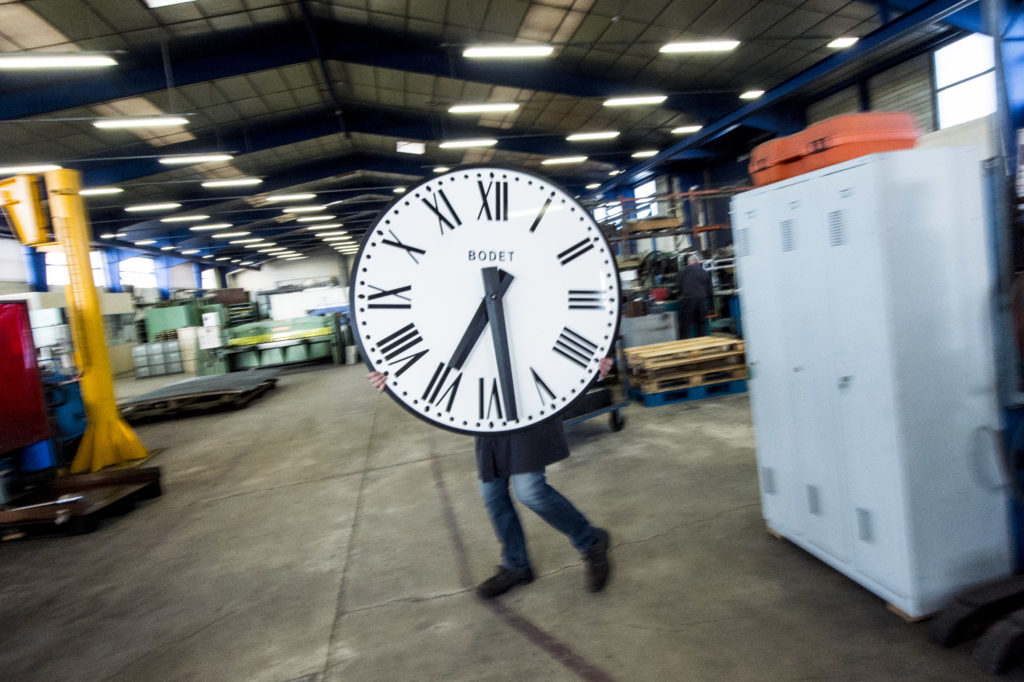
What will the coming year hold for would-be regulators, problematic museum trustees, and radical technologies? Our columnist weighs in.

Tim Schneider

It’s that time again: the extra-special day where I step out from my fortress of intellectual solitude and throw down a set of art-industry predictions for the coming year, then start the timer to see how many blow up in my face like faulty fireworks in another 12 months. As always, I’ve formulated each of the below so that it can be objectively proven right or wrong when judgment day comes this December. Let’s get right into it, shall we?
All my wonks out there know that this topic is in the ether thanks to HR 5886, a bill introduced in the US House of Representatives’ Financial Services Committee last May. Sponsored by then-Congressman Luke Messer of Indiana, the legislation proposed adding art sellers to the list of vendors required to adopt stringent anti-money-laundering procedures for individual sales over $10,000 and total annual sales over $50,000.
Spurred by related enforcement actions in the UK and Europe last fall, there has been talk that the bill could be reintroduced as early as this month. If approved by the committee, sweeping change in the American art market would then be a mere two floor votes away from adoption (one in the House, and another in the Senate).
Look, it all sounds cataclysmic. I just don’t buy it. When the newly Democrat-controlled House takes over within hours of this column’s publication, it will exacerbate the gaping partisan divide in what is already the most rancorous era of American politics in my lifetime. The (Democratic) House and (Republican) Senate will then be in a no-holds-barred street fight with one another over issues as seismic as foreign military adventurism, child internment camps, a new healthcare apocalypse, and whether or not special counsel Robert Mueller should be allowed to continue his ongoing criminal investigations of the sitting president.
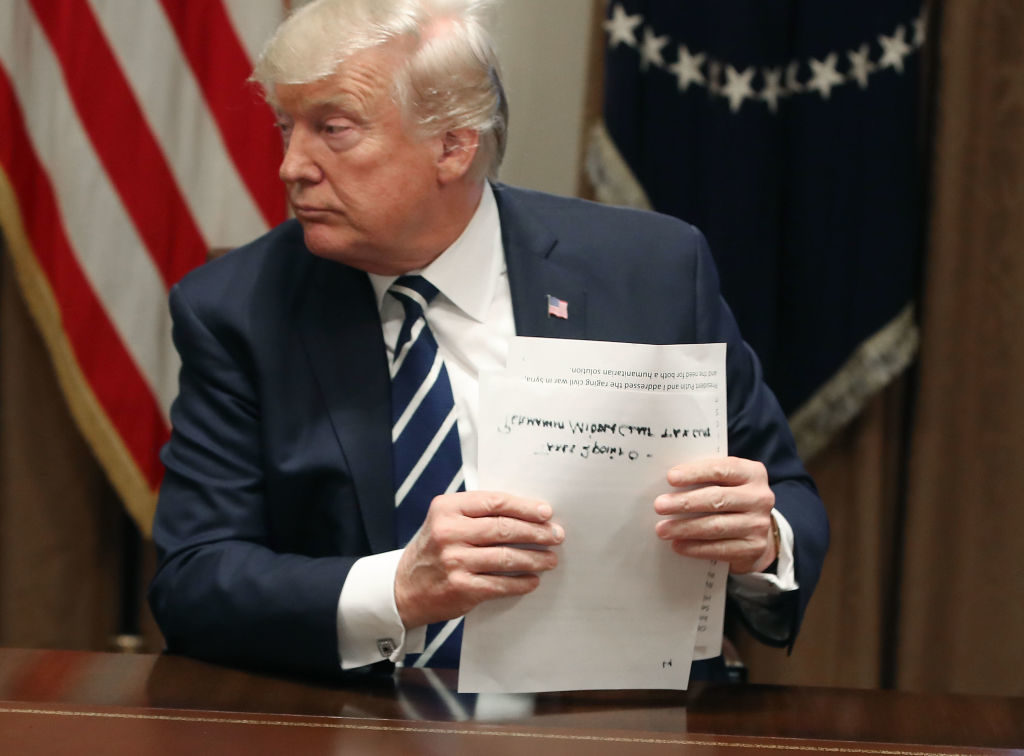
U.S. President Donald Trump holds his notes as he talks about his meeting with Russian President Vladimir Putin, on July 17, 2018. Photo by Mark Wilson/Getty Images.
I’m not saying it’s impossible that the two parties could take a breather from trying to knife one another in an alley over existential issues so they could come together on a subject as niche as art-market regulation. But I think it’s about as likely as me waking up tomorrow with the ability to bench-press an SUV.
Besides, even if the two parties wanted to join hands on this matter, I think we in the art trade are probably drastically overestimating the speed and efficiency with which business is done in the Beltway. Case in point: Luke Messer, HR 5886’s sponsor, just got voted out of office in November, so the bill is effectively an orphan at this point.
Long story short: I wouldn’t bet on the incoming Congress to be able to pass a kidney stone in the next 12 months, let alone a hyper-specific bill on a subject about which the general public could not care less. Count me out on this one.
For the uninitiated, a 1031 exchange is the name for a loophole in the US tax code that allows declared investors to sell certain assets without paying capital gains tax, as long as said investors use the sales proceeds to buy assets “of like kind” within 18 months.
Artworks used to be included in the list of assets eligible for 1031 swaps. In practice, this meant that a collector could sell a Jean-Michel Basquiat painting for $30 million without paying the IRS a nickel, provided they plowed the money into, say, a $30 million Gerhard Richter painting (or, alternatively, three $10 million Richter paintings) soon after. In the process, high-end dealers—whether galleries or auction houses—got to do $60 million in business in one fell swoop.
To my continuing shock, though, a revision to the tax code in January 2018 eliminated 1031 exchanges for all assets but real estate. (Gee, I wonder why the current administration would leave that one in?) And from what I’m seeing and hearing, the chilling effect has been extreme enough to give high-end dealers’ bank accounts frostbite.
Expect them to start pushing for a reversal this year, especially while Steven Mnuchin—remember, the son of blue-chip dealer Robert Mnuchin—still has Trump’s ear as treasury secretary.
I hope I’m wrong about this one. In 2018, though, multiple men accused of predatory behavior in multiple other spheres of life were either already on the professional comeback trail or allowed to beat the charges right away.
Beginning with a surprise 15-minute set last August—less than a year after five female comics came forward to say that he had masturbated in front of them without consent—Louis CK started doing stand-up again at New York’s famed Comedy Cellar. Although protesters showed up outside for later dates, he got a standing ovation inside the club the first time out.
The US Senate also voted to confirm Brett Kavanaugh to the Supreme Court despite accusations of harassment and sexual assault from multiple women, including wrenching live testimony from Christine Blasey Ford. Harvey Weinstein continued “treatment” for sex addiction while reportedly readying a documentary on the opioid crisis, and fellow accused or admitted culprits Matt Lauer, Charlie Rose, and Jeffrey Tambor were all rumored to be advocating for work again with little reckoning beyond prepared statements and some time off to “reflect.”
The art world is an even smaller arena than any of the ones in which these should-be-disgraced figures operates. Hell, the Fine Arts Museums of San Francisco and the Metropolitan Museum apparently thought that there were so few qualified options for their respective directorships that they effectively traded middle-aged white guys in 2018. I feel queasy about the prediction, but that doesn’t change where I see the trendlines pointing right now.
Oh, by the way…
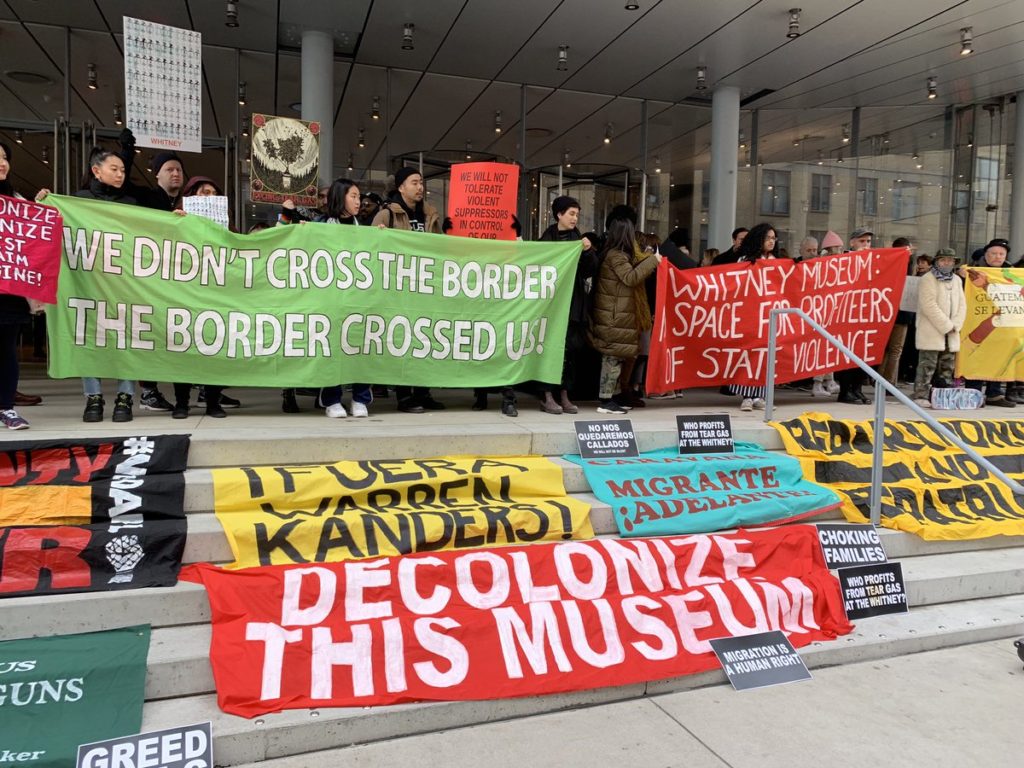
Decolonize This Place protests at the Whitney Museum of American Art. Photo courtesy of @nycDSAantiwar.
As I write this, activists are only a few short weeks into protesting the Whitney over its umbilical-cord link to Warren Kanders, vice chair of the museum’s board and owner of Safariland, the defense manufacturer that supplied the tear gas used against migrants who attempted to cross the Tijuana-California border in late November. “Cancel culture” is in full effect around the country, and museums’ boardrooms are brimming with people who have either made their money in unsavory ways, spent it in unsavory ways, or both. (Just ask Andrea Fraser.) Inside this raging volcano, Kanders is not going to be the last trustee to attract intense art-world ire.
However, what will become apparent in the scandals to come is the extent to which American museums subscribe to the Wu-Tang Clan’s C.R.E.A.M. worldview: Cash Rules Everything Around Me. Public outcry can force a director to the exits or problematic works out of a show. But neither of those is donating the institution big money or big artworks for the permanent collection in a worsening federal funding drought.
Look, trustees aren’t Teflon. If we discover one of them has been secretly building up a personal army of child soldiers in a bid to overthrow western democracy, I’m sure they’ll be disinvited from the next board meeting. But short of that, good luck.
This prediction is really a proxy for a larger one that’s harder to quantify so neatly. By the end of 2018, it became undeniable that artists of African descent had become buyers’ and dealers’ new favorite demographic for value investing (if you want to be diplomatic) or rampant, exploitative financial speculation (if you don’t).
The roadside flare for this development was the May contemporary evening sales at Sotheby’s New York, where a mini-sale of five works to benefit the Studio Museum more than doubled its collective high estimate and, later, Kerry James Marshall’s Past Times shattered the previous auction apex for a living African American artist by reaching $21.1 million. (Both figures included premiums.)
The momentum continued through the rest of the year, including, fittingly enough, another bundle of strong sales for artists of African heritage at the Sotheby’s New York contemporary evening sale in November. And in case you want to believe the surge is all about a full-hearted mission to (finally) recognize greatness as greatness, let me regale you with the indelible moment at Art Basel Miami Beach where one of my colleagues and I overheard a collector respond to a sales pitch in a booth with the arrestingly blunt, oafish sentence, “Yes, but is he black?”
In light of all that, I feel pretty confident about the prospect of two bidders battling it out hard enough in the next year to propel another painting by an African American artist to at least $21.2 million—a price that, in a galling reminder of how warped my fiscal calculus becomes in a high-end auction context, frankly just isn’t very much money.
Jesus, this entire column is making me want to start punching myself in the face like Ed Norton in Fight Club. Let’s move on.
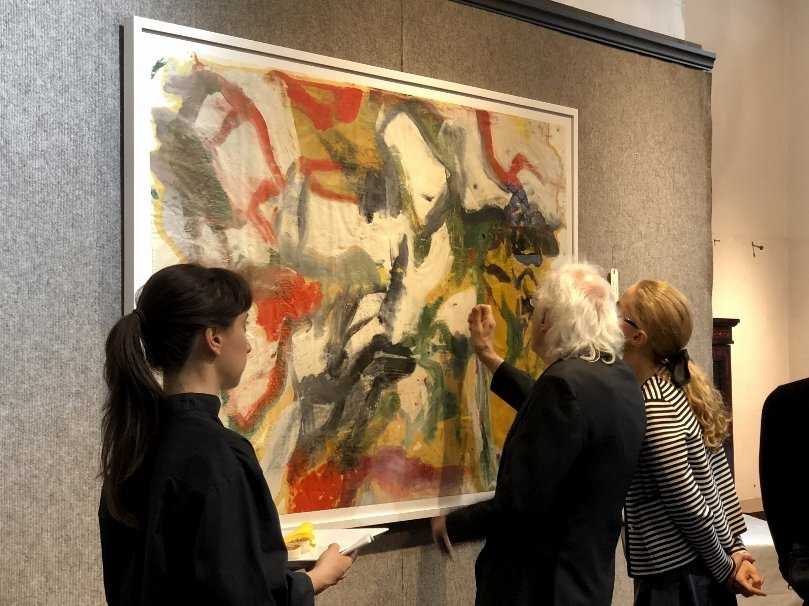
Willem de Kooning Untitled II (ca. 1970). Photo: courtesy of David Killen Gallery.
You can find the backstory for this prediction here, and my reasoning here (just scroll down to “Making a Killen.”) I feel even more strongly about that reasoning after David Killen, the value-hunting dealer who lucked into the six works in question, ultimately sold them for a collective price of $2.5 million. So people with resources clearly believe there’s some validity to the de Kooning mythos.
Do they have enough resources to will at least one of the pieces to legitimate authorship this soon? I’ll respond by asking the same rhetorical question as an old friend of mine in Los Angeles: Does Santa Claus wear a red suit?
Momentum is against me on this one as of my writing, since the world’s two largest economies actually scaled back their hostilities during the final quarter of 2018. Nevertheless, China apparently doesn’t plan to buy much or any American oil at the start of this year, which could tilt matters back toward antagonism. Also, I know the Trump administration’s MO well enough at this stage to know that, whenever they need a scapegoat, they go pick a fight with a foreign power. And given the obstruction the Republicans are going to face in the House when the Democrats take over (see Prediction 1), fights will be picked.
Combine all that with the administration’s demonstrated lack of concern for the art trade (see Prediction 2), as well as my feeling that my predictions haven’t gone out on enough of a limb up to this point, and I’ll try to name this long(ish) shot into being, too.
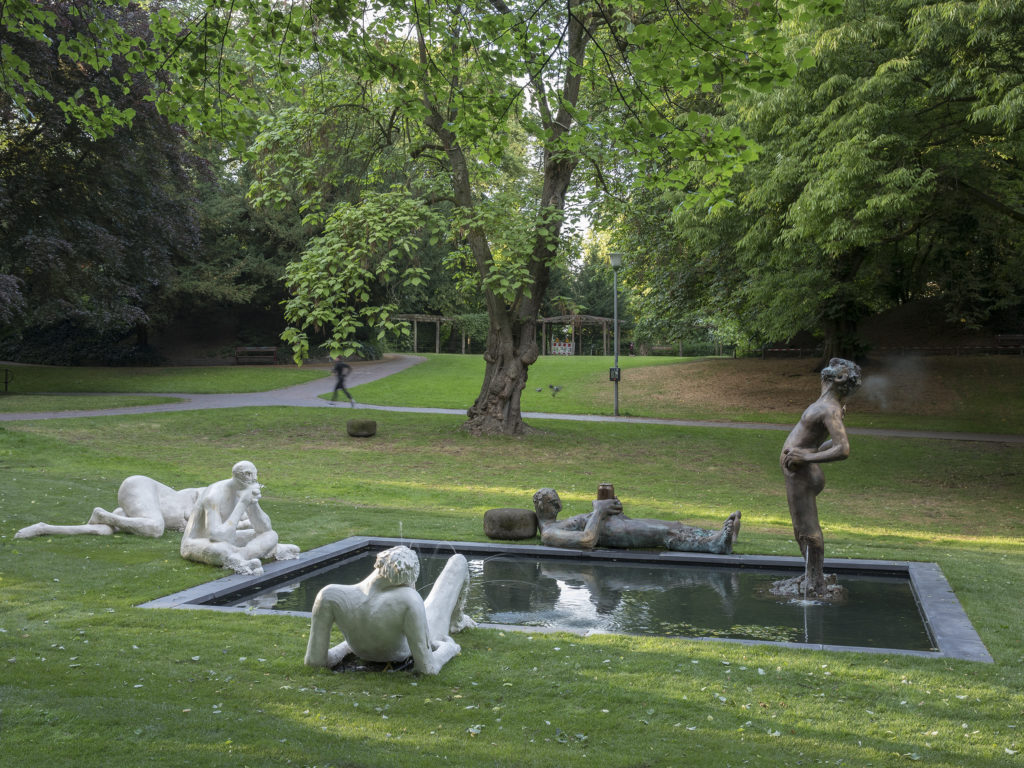
One of the later-vandalized works at Skulptur Projekte Münster in 2017: Nicole Eisenman, Sketch for a Fountain, 2017. ©Skulptur Projekte. Photo by Henning Rogge.
Vandals hit three works commissioned for the last Skulptur Projekte Münster and right-wing politicians removed Olu Oguibe’s contribution to the latest documenta—an obelisk to migrants and refugees—to a site outside Kassel’s city center last fall. Meanwhile, Italy has been engulfed by a right-wing populist surge since the League party bull-rushed to victory in the last election.
The Venice Biennale is a bigger media event—and thus, a bigger stage to make a political statement—than either of the public exhibitions I just mentioned. Participating artists know that just as well as the people who could be antagonized by left-leaning work. And to borrow the old adage about bidding wars, all it takes to make this prediction come true is one asshole. I suspect he (of course, it’ll be a dude) is out there somewhere.
OK, last one…
In the span of 12 months, blockchain went from a technology that almost no one in the art world could understand to… well, a technology that almost no one in the art world could understand or escape. It was the subject of panel discussions at major art fairs, a dedicated conference presented by a major auction house, an end-of-year conference organized by a billionaire collector and investor (as one of four art-and-blockchain events in Florida during Miami art week), and countless startups, partnerships, and events whose press releases continuously bombarded my inbox like radiation during a nuclear-reactor meltdown.
But after intense study—I wrote six thinkpieces and participated in two panels about blockchain in 2018—I’ve concluded that the technology is on its way to the slaughterhouse in the art world. My sense is that this comes partly from fatal flaws in the software, and partly from the natural drain of excitement that degrades any innovation once it’s no longer brand new.
Instead, ever since Christie’s $432,500 sale of a work created using machine learning (AKA artificial intelligence), I’ve seen the same tincture of exhilaration and naiveté flowing from blockchain to AI. And with the wider world seeming to move in the same direction (slightly earlier than the art world, as usual), I think the rout is on, or will be soon.
So to make this prediction assessable, I’ll propose that by the end of 2019, we’ll have seen at least five AI panels at major art fairs, a dedicated conference organized by a major art-industry player—and not a single blockchain-based event of real art-world note in the final two months of the year.
If I’m wrong, all the more reason for artnet to begin looking into replacing me with a neural network and a cardboard cutout of my Instagram avatar. Here’s hoping I’m still around to make another set of predictions in 2020.